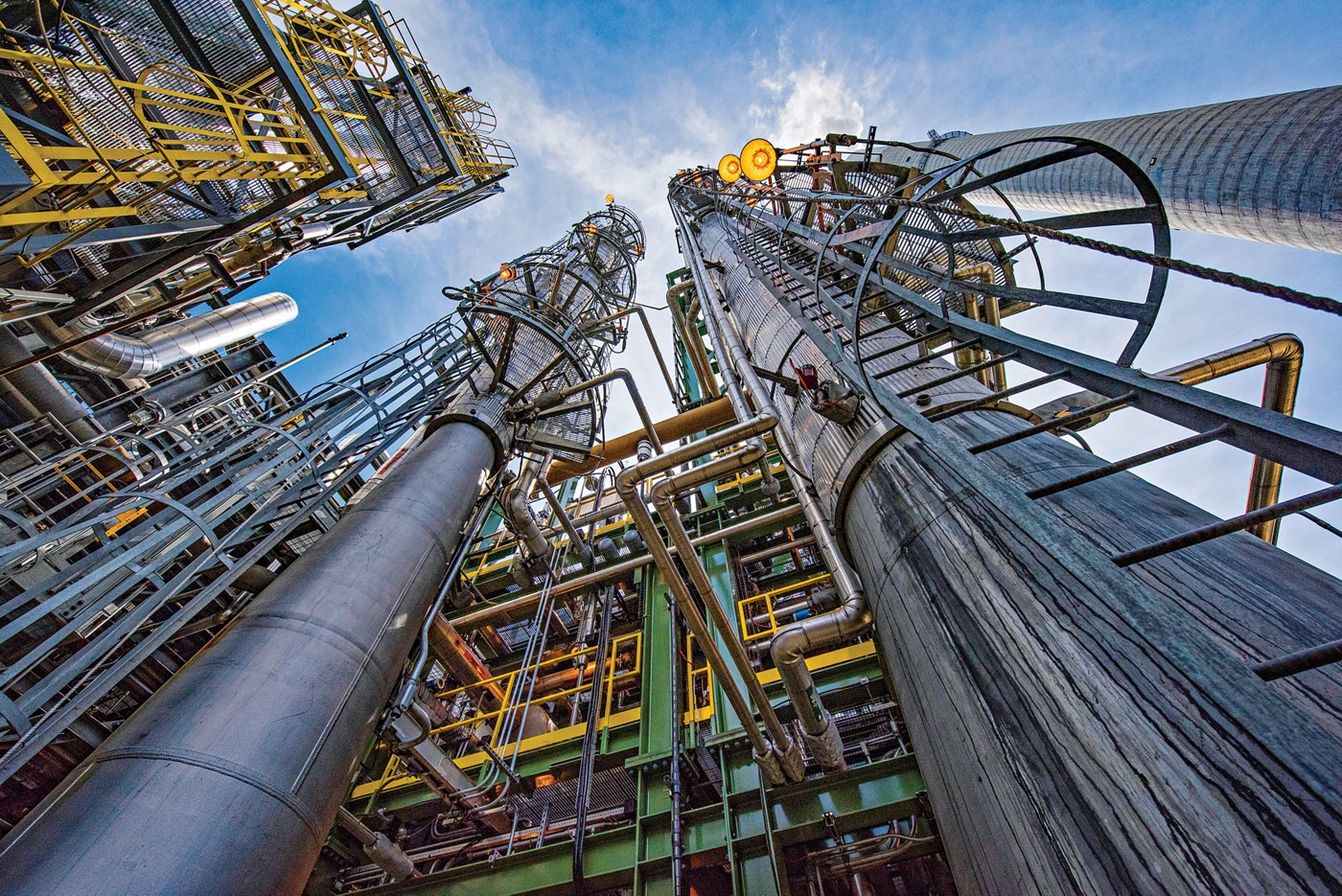Carbon capture technology is a process of capturing and storing carbon dioxide from large-scale sources of emissions such as power plants and factories. This technology can help reduce the amount of greenhouse gases released into the atmosphere, thus helping to mitigate the effects of climate change.
Carbon capture technologies can be divided into three main categories: post-combustion, pre-combustion, and oxyfuel combustion. Post-combustion capture involves capturing carbon dioxide after the combustion process has taken place. This is usually the most common method, as it is relatively inexpensive and easy to implement. Pre-combustion capture involves capturing carbon dioxide before the combustion process takes place. If you are looking for carbon capturing technology then you should contact Svante Technologies Inc.
Image Source: Google
Each of these methods has its own advantages and disadvantages. Post-combustion capture is the most cost-effective and can be implemented relatively easily, but it is also the least efficient. Pre-combustion capture is more expensive and complex to implement, but it is also more efficient. Lastly, oxyfuel combustion is the most efficient, but also the most expensive and complex to implement.
The cost of carbon capture technologies is a major factor in determining their feasibility. Currently, the cost of carbon capture is high, making it difficult to implement. However, as the technology continues to develop, the cost is expected to decrease, making it more feasible and cost-effective.
Overall, carbon capture technologies provide a way to reduce the amount of greenhouse gases released into the atmosphere. Although the cost is high, the technology is expected to become more cost-effective in the future. It is an important step towards mitigating the effects of climate change and should be further explored and developed.
